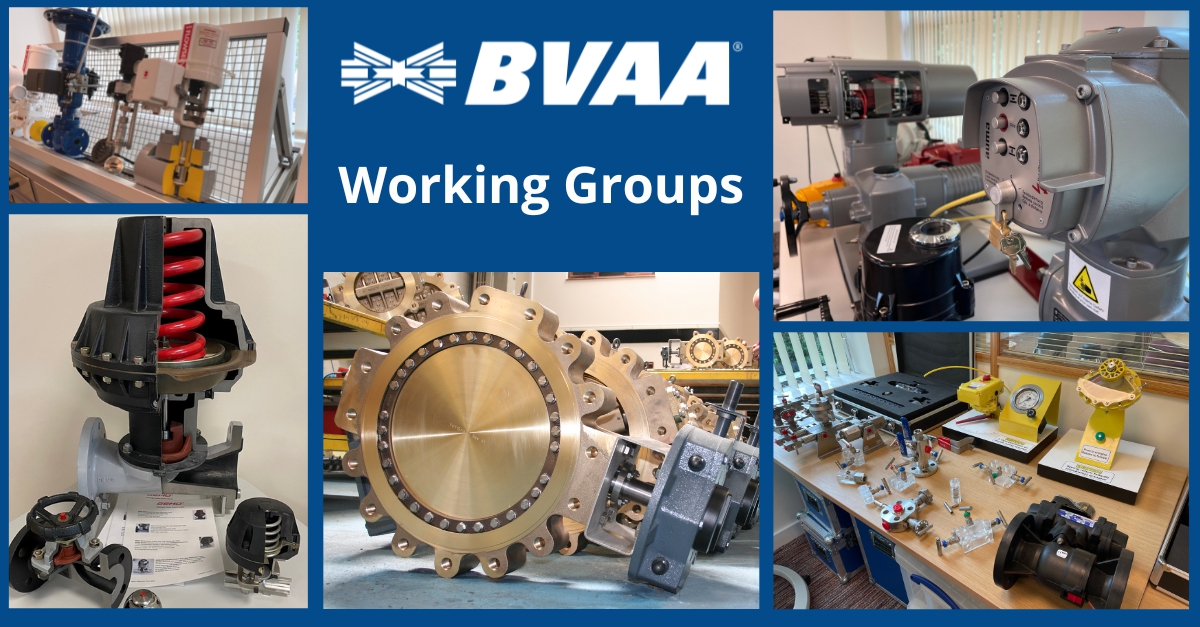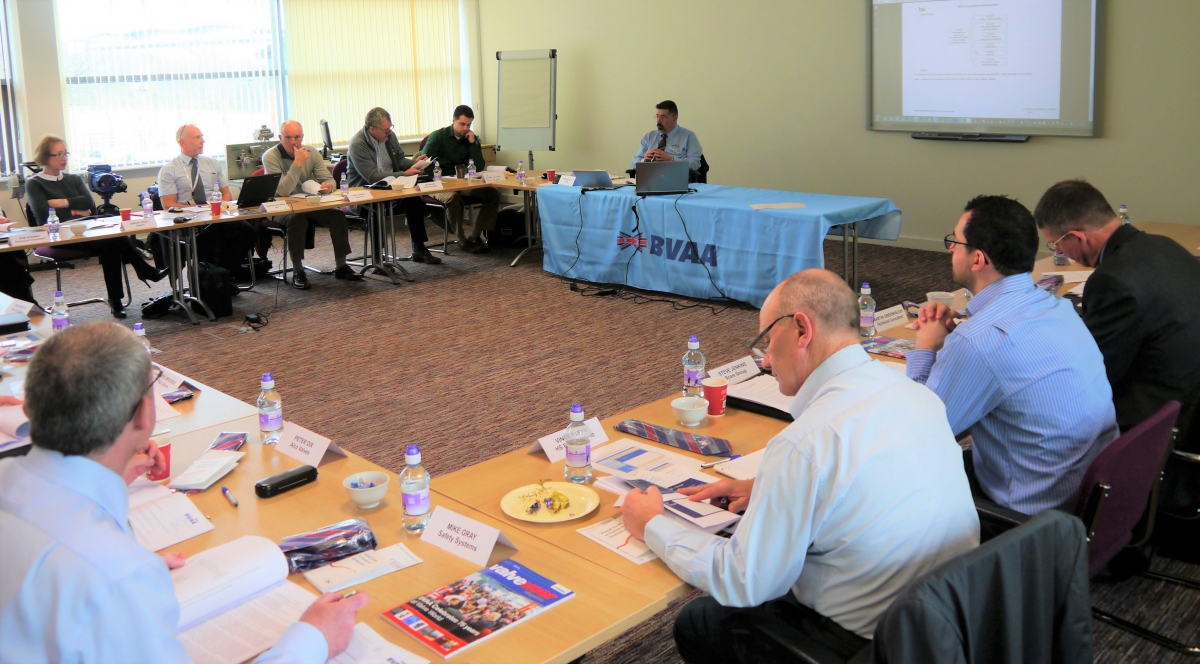BVAA Working Groups


The BVAA has two outstanding technical discussion bodies, exclusively open to BVAA Members. These are the Valve Working Group and Actuator Working Group.
Valve Working Group
What is it?
The BVAA Valve WG (VWG) is the Association’s pre-eminent technical discussion body for the membership for all matters relating to valves and related components.
Chaired by Chris Williamson (BEL Valves) the VWG has over 200 technical experts drawn from our members, who are typically technical directors, senior managers and all those for whom technical standards and legislation - indeed technical issues of any sort - form a part of their working lives.
What does it do?
The Valve WG monitors all forms of standards and legislation relating to Valves. We develop unified responses to all forms of draft standards, be they BSI, ISO, CEN, API or other internally renowned bodies. We also provide input into IOGP, HSE, DIT, BEIS and numerous other NGOs and Government departments, and we also link with other associations and relevant bodies as required.
BVAA provides the input into BSI’s committee PSE/18 and all its sub-committees, where BVAA representatives form the majority of members. PSE/18 is chaired by BVAA’s own Technical Consultant Peter Dix, and most of its sub-committees sitting beneath it are likewise chaired and populated by BVAA. We review all the standards, at all stages, emanating via BSI, and develop and submit the proposed UK response to ISO and CEN at every stage. We also nominate experts to travel to the international standards meetings.
Specific topics are sometimes assigned to life-limited Technical Expert Groups (TEGs). TEGs are formulated to tackle an issue and the output from it could be as diverse as simple technical advice on an individual basis, a member-wide Technical HotSpot bulletin, a new guideline, a new standard, or even a training course. When the output is completed, the TEG folds. Currently there are 70 or so experts active in these TEGs.
Why is it important?
The output of the VWG is not only good standards, it is equally important to head off bad ones! Recent outputs will have saved our members many thousands of pounds by heading off unnecessary and expensive testing, fruitless hours interpreting the latest UKCA Marking requirements, Brexit issues, conformity rules and so on. Not heard of any such problems? - that’s because the VWG is heading them off before they become problematic!
How do I join the VWG?
The VWG is open to all members of the Association, contact rob@bvaa.org.uk. Because BVAA communicates by interest group, you do need to be a signed-up member of the VWG to get our timely updates and guidance, to comment, etc.
Actuator Working Group
What is it?
The BVAA Actuator WG (AWG) is the Association’s pre-eminent technical discussion body for all matters relating to actuators, gearboxes, mounting kits and interfaces, and related issues. We cover all forms of actuation - electric, hydraulic, pneumatic, etc.
The AWG has over 50 technical experts drawn from our members, who are typically technical directors, senior managers and all those for whom technical standards and legislation for actuators - indeed technical issues of any sort - form a part of their working lives. The AWG is of special interest to valve suppliers as it oversees the mounting kit standards such as ISO 5210 and 5211, etc.
What does it do?
The Actuator WG monitors all forms of standards and legislation relating to the topics mentioned above. We develop unified responses to all forms of draft standards, be they BSI, ISO, CEN, API or other internally renowned bodies. We also provide input into IOGP, HSE, DIT, BEIS and numerous other NGOs and Government departments, and also link with other associations and relevant bodies as required.
BVAA provides the input into BSI’s committee PSE/18/5 sub-committee, which is chaired by Sam Busby (Rotork) who also chairs the BVAA Actuator WG itself. Most of the sub-committee’s members are BVAA representatives. We review all the standards, at all stages, emanating via BSI, and develop and submit the proposed UK response to ISO and CEN at every stage. We also nominate experts to travel to the international standards meetings on Actuators.
Specific topics are sometimes assigned to life-limited Technical Expert Groups (TEGs). Once such TEG was formed for example to help develop ISO 5115 ‘Industrial Valves – Part-turn valve actuation.’ Another developed BVAA’s guideline on gearboxes, which went on to become an international standard, ISO 22109. It also comments extensively on the actuation overlays from IOGP. The AWG also issues member-wide Technical HotSpot bulletins, as required.
Why is it important?
Like our Valve WG, the goal of the Actuators WG is to facilitate the production of good standards, and to intercept any bad ones that would impact on members. Recent work will have saved our members many thousands of pounds – this all goes under the radar as we are effective in heading off problems before they occur!
How do I join the AWG?
The AWG is open to all members of the Association. Because BVAA communicates by interest group, you do need to be a signed-up member of the AWG to comment and to get our timely updates and guidance.
For further details or membership enquiries, contact Rob Bartlett, rob@bvaa.org.uk.

| Telephone: | 01295 221270 |
| Email: | enquiry@bvaa.org.uk |
| Website: | www.bvaa.org.uk |
| More information on the British Valve and Actuator Association BVAA Member Directory Page |
Search related valve / actuator articles: British Valve and Actuator AssociationIssue 76BVAA News







-web.jpg)





